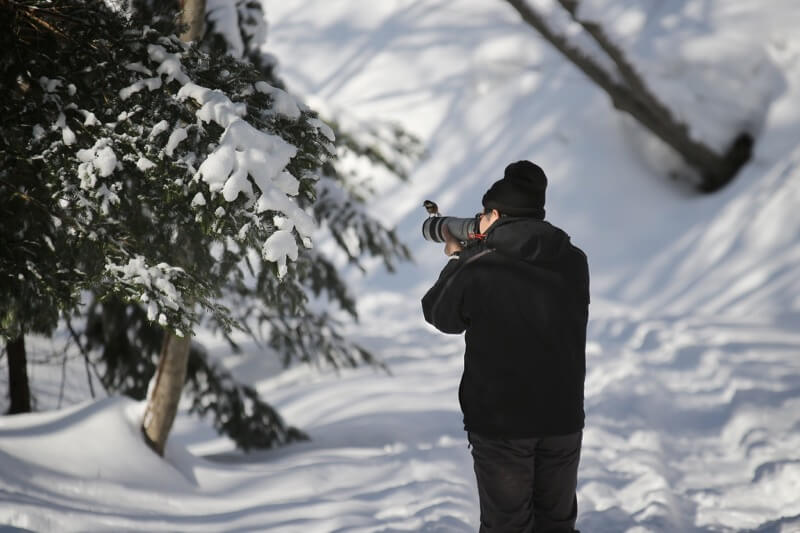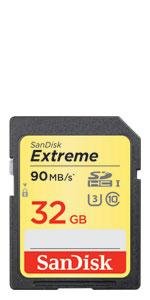Though cold, winter offers incredible scenes and subjects to shoot. After looking at beautiful winter pictures, you might feel inspired to go out and shoot these scenes yourself. Before you head out, though, it’s important to think about how you’ll protect your equipment against the harsh weather. Here are useful items to take along for a long, successful shoot in the cold.
Essential Gear for Cold Weather
Hand Warmers
There is nothing more frustrating than looking at a beautiful winter scene and not being able to shoot it because of a cold, dead battery. One technique to help extend battery life during colder temperatures is to use hand warmers. You can keep batteries in your pocket with the warmers or use a rubber band to attach it to the battery. Hand warmers are usually low heat and can last for up to 10 hours, but it’s still a good idea to make sure they don’t get too hot while in contact with your batteries.
And make sure to carry extra batteries when it’s cold outside (or always).
SanDisk Extreme SDHC Memory Card
Although the chances of your memory card freezing up are low, it’s still not a bad idea to go with one that is designed to withstand extreme weather. The SanDisk Extreme is built for and tested in harsh conditions. It’s not only weatherproof and shock-proof; it’s also designed to operate in temperatures as low as -13F and stored in -40F. It’s one of the best memory cards on the market for a reasonable price. At the time of this posting, a SanDisk Extreme SDHC 32GB is $20 on Amazon. They range in storage from 16GB-256GB, and it’s difficult to find a bad review about their performance.
Carbon-Fiber Tripod
Really cold metal isn’t something you want to touch with your bare skin. A carbon-fiber tripod not only decreases the amount of weight you have to carry while trudging through the snow, but it also doesn’t have cold metal issues you have to worry about. However, keep in mind that this tripod can become brittle in really low temperatures. This discussion thread on DPReview has a lot of great feedback from photographers about that issue.
If you want to avoid the carbon-fiber debate, you can invest in wraps for your metal tripod instead. Wraps provide a great thermal barrier against the cold. LensCoat and Aquatech are two companies that make quality tripod wraps.
Gear Covers
Although a lot of manufacturers do their best to weatherproof their equipment, it’s still a good idea to cover it during inclement weather. Nature Photographers Network wrote this informative blog post about choosing the right covers for your gear.
Gloves
Having a good pair of gloves to keep your hands warm is essential in cold weather. It’s also important that photographers have easy access to their camera buttons without freezing their whole hand, which is why opting for a pair of Freehands gloves or a similar type is a great idea.
Waterproof Cases, Backpacks, Bags
If you’re going to spend thousands of dollars on camera gear, it’s best you also invest in a quality camera bag to protect that expensive equipment. We recommend ThinkTankPhoto for bags and Pelican Products for cases. If you’re outside braving the freezing temperatures trying to get the shot, more than likely your camera gear needs a good bag all year long.
Silica Packets
These gel-filled, moisture absorbers are perfect additions to your gear bag. They help minimize the amount of water vapor surrounding your equipment, which will keep your camera and lenses operating smoothly and extend their life.
Emergency Blanket
Light, cheap, and easy to store, an emergency blanket can be used to protect gear from the elements and is an effective ground cover to kneel or put your equipment on.
Airtight Plastic Bags
A simple ziplock bag or similar airtight bag will prevent moisture from building up on your camera and lenses when coming inside after shooting in the cold. The cooler equipment attracts moisture from the warmer air inside, but if you place your camera in an airtight plastic bag, it’ll warm up slowly without building up condensation.
For more great tips about cold weather shooting check out this post by National Geographic and this one by Weldon Lee and Nikon.



